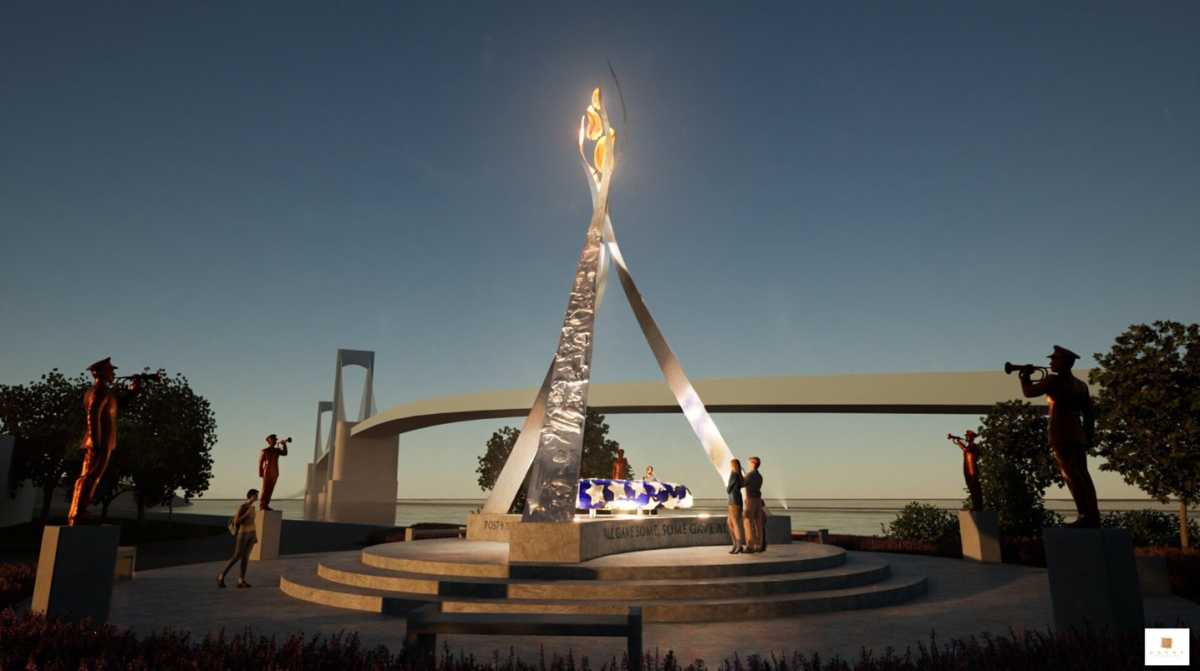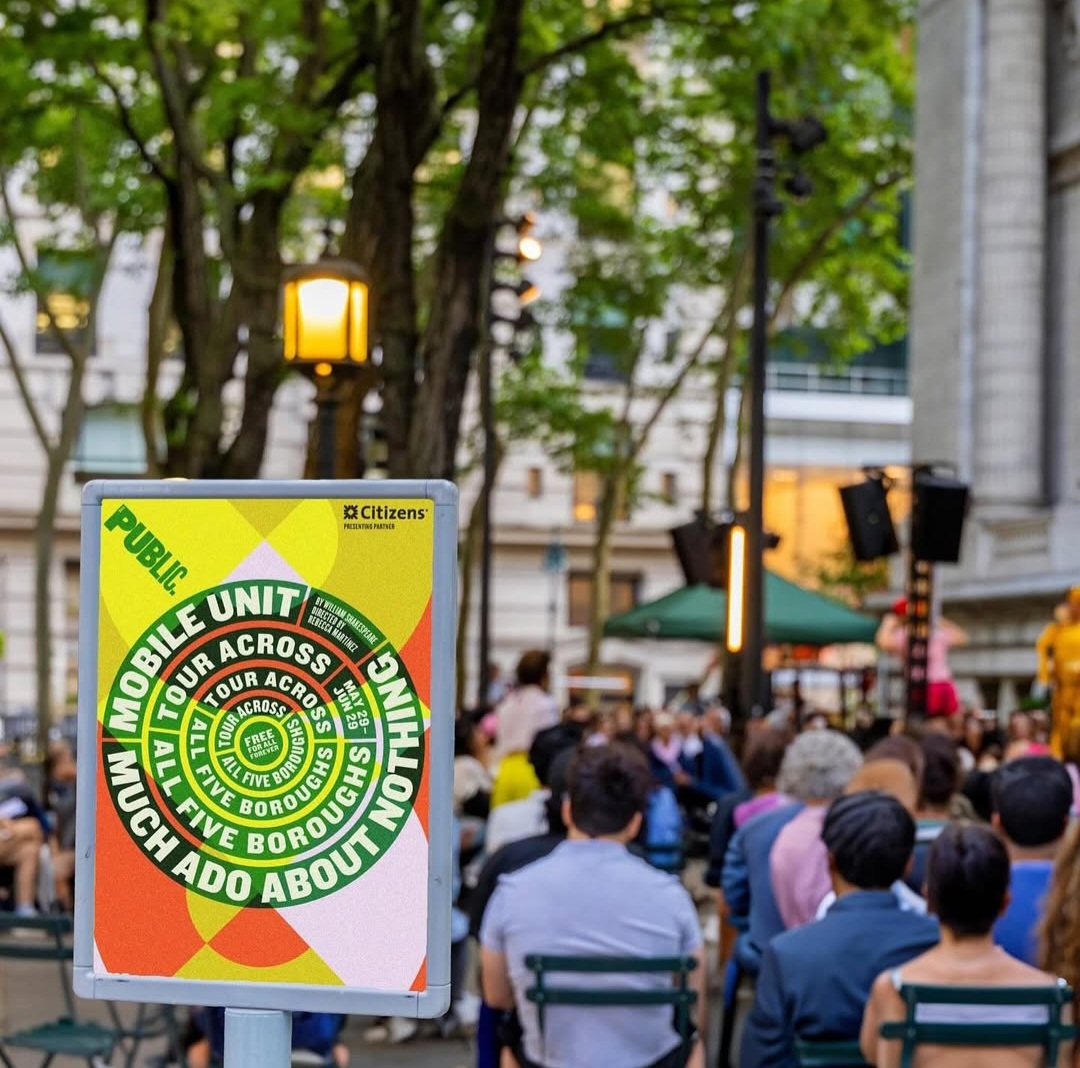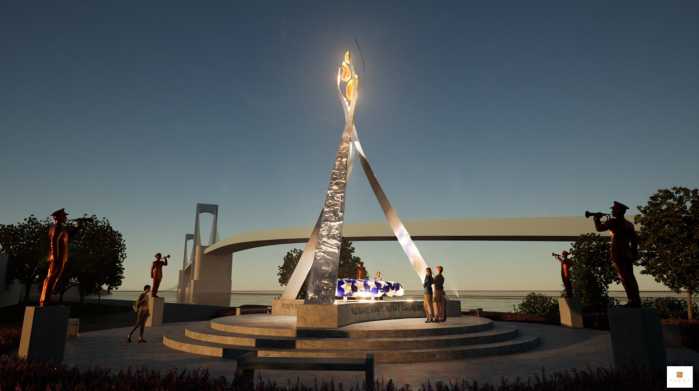Impressive geometric shapes suggestive of glaciers, sandstone canyons and flowing riverbeds will bring a natural earth science theme to the American Museum of Natural History’s new science center, according to architectural renderings presented Wednesday.
The $340 million Richard Gilder Center for Science, Education and Innovation, slated to open in 2020, adds a 21st century face to the nearly 150-year-old museum on Manhattan’s Upper West Side.
Renderings of the museum’s new entrance on Columbus Avenue show a five-story building with a naturalistic design that offers a connection with the museum’s key exhibition halls — which officials say also will ease congestion inside the museum.
“It’s really about flow,” said design principal Weston Walker of Studio Gang Architects, which designed the new center. “It will be a flow of people like how water flows through canyons.”
He said for inspiration, designers “studied places in the natural world. It’s glaciers, canyons and the geological forces that create landscapes.”
Visitors to the new center will see 3.9 million insect specimens and will observe scientists and scholars conduct research.
The center also will expand museum classroom space and will house the museum’s “Collection Core.” The collection will display geological specimens, meteorites and ethnographic artifacts of the world’s different populations and cultures for the first time.
The first floor will feature a Butterfly Vivarium, a 3,000-square-foot exhibition of live butterflies, which will include a meadow and pond where the public can observe the insects in a natural habitat.
A connecting exhibition is the “Insectarium,” which will showcase the insect world. A 5,000-square-foot space will house live insects and will allow visitors to use the same tools and methods entomologists use to examine insects.
More than 80 percent of the money needed to fund the project has been raised, museum officials said.
The museum still needs approval for the project from the city parks department, which is reviewing an environmental impact study and expects to schedule a public hearing soon. The center will expand into part of adjacent Theodore Roosevelt Park.
Sig Gissler, a member of the Defenders of Teddy Roosevelt Park, has been watching with concern the planning stages of the new center.
“It’s certainly impressive,” said Gissler, who lives near the museum and attended the presentation. “It’s colossal, which is our concern.”
It is estimated that there will be an additional 750,000 visitors to the museum once the center opens. If approved, the museum could break ground this fall.
“We hope the museum will reduce the size of the building. It has a grand entrance and we don’t want the park to turn into a waiting room,” Gissler said.
Museum officials have said previously that they are taking community concerns into account and have reduced the footprint of the building.





































